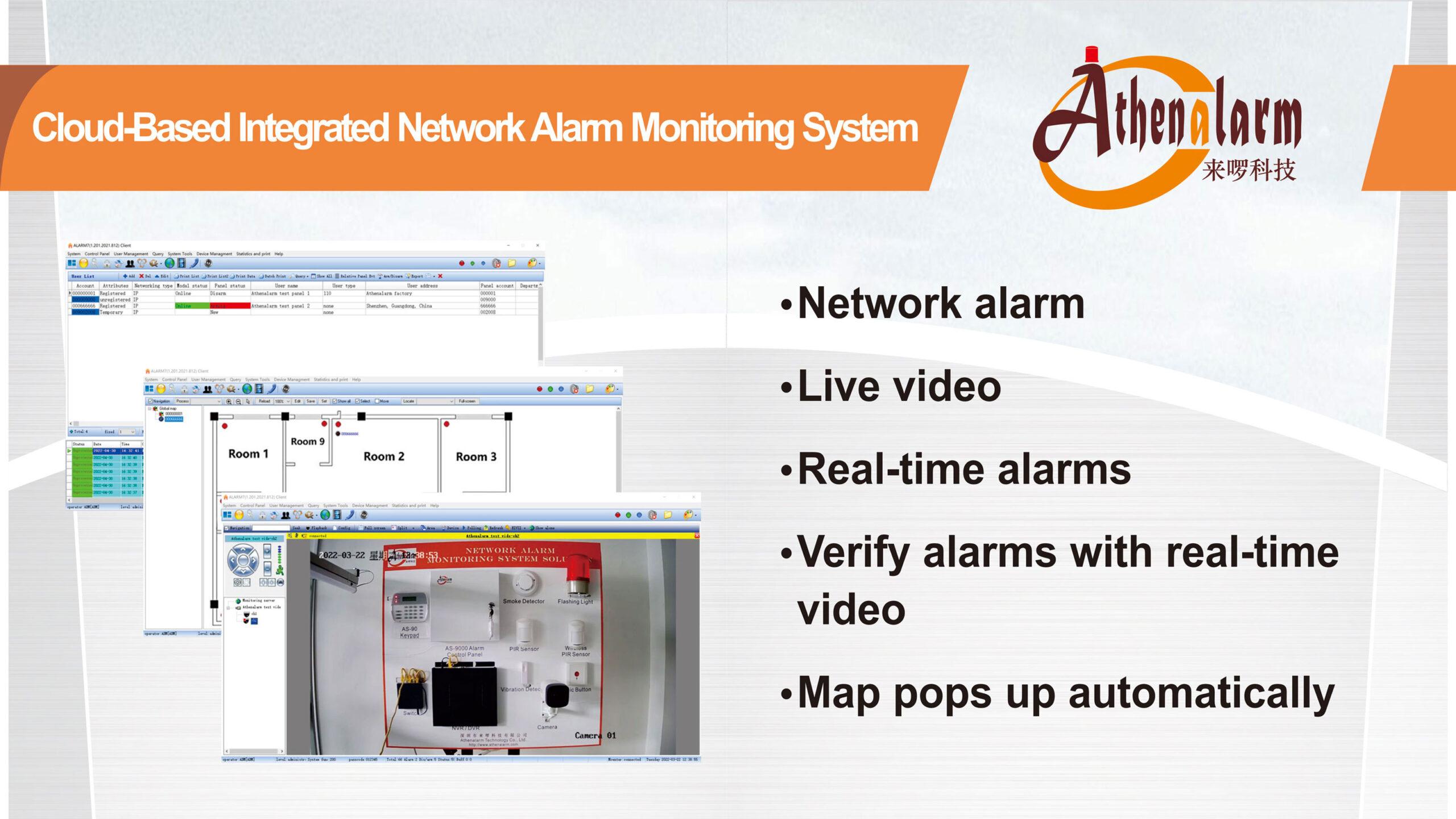



Basic Knowledge of Photoelectric Smoke Detectors
With the increasing awareness of fire prevention in households, various types of detectors have emerged on the market, and photoelectric smoke detectors are one of them. The relevant knowledge of photoelectric smoke detectors is now introduced as follows:
1 What is a photoelectric smoke detector?
The photoelectric smoke detector is also a point type detector, which is developed based on the basic property that the smoke generated during a fire can change the propagation characteristics of light.
According to the absorption and scattering effects of smoke particles on light, photoelectric smoke detectors are divided into two types: shading type and scattering type.
2 How does the photoelectric smoke detector alarm?
Photoelectric sensors measure the concentration of smoke through a beam of light and a sensor of light. When designing this device, the beam deviated from the sensor. When smoke enters the sensing chamber, smoke particles will scatter some of the light beam onto the sensor. As the concentration of smoke gradually increases, more light beams will be scattered onto the sensors. When the beam of light reaching the sensor reaches a certain level, an alarm signal will be output.
3 Installation requirements for photoelectric smoke detectors
Photoelectric smoke detectors always protect the life and property safety of households, shops, communities, and cities, so they should be installed and used in accordance with relevant requirements.
(1) Photoelectric smoke detectors need to be installed in each room and should be installed near the entrance. The protection radius of each photoelectric smoke detector shall not exceed 6m.
(2) The room is separated by bookshelves, equipment, or partitions, and the distance from the top to the ceiling or beam is less than 5% of the net height of the room. At least one photoelectric smoke detector should be installed in each separated part.
(3) Within 0.5m around the photoelectric smoke detector, there should be no obstructions, such as lighting fixtures, sprinklers, etc.
(4) The horizontal distance between the photoelectric smoke detector and the wall or beam edge should not be less than 0.5m;
(5) The horizontal distance between the photoelectric smoke detector and the air conditioning supply outlet should not be less than 1.5m, and it should be installed close to the return outlet. The horizontal distance between the photoelectric smoke detector and the porous sealing ceiling hole should not be less than 0.5m.
(6) Unless otherwise specified, sprinkler pipelines should be installed with beams in principle. In case of conflicts, the pipeline elevation and nozzle position can be adjusted appropriately according to the actual situation. The nozzle spacing is<=3.6m, and the distance between the nozzle and the wall (column) edge is<=1.8m and>0.6m.
(7) The distance between the spray and the wall should be less than 1.8 meters, and the distance between two sprays should be greater than 2.4 but less than 3.6 meters. The distance between the sprinkler and the lighting fixtures and air vents should be greater than 0.3 meters.
4 Precautions for using photoelectric smoke detectors
- Press the test button for at least 3 seconds, and a clear and loud pulse alarm signal will sound. This means that the photoelectric smoke detector is truly working, and at the same time as the alarm, the LED flashes rapidly. The photoelectric smoke detector can also be tested by blowing smoke into the detection chamber. (Conduct a test once a week to verify the reliable operation of the photoelectric smoke detector)
- Do not install on ground that is above temperature or high humidity, otherwise it will affect sensitivity.
- To maintain good efficiency of the detector, it is necessary to clean the detector every 6 months. First, turn off the power, then use a soft bristled brush to gently sweep the dust, and then turn on the power.
